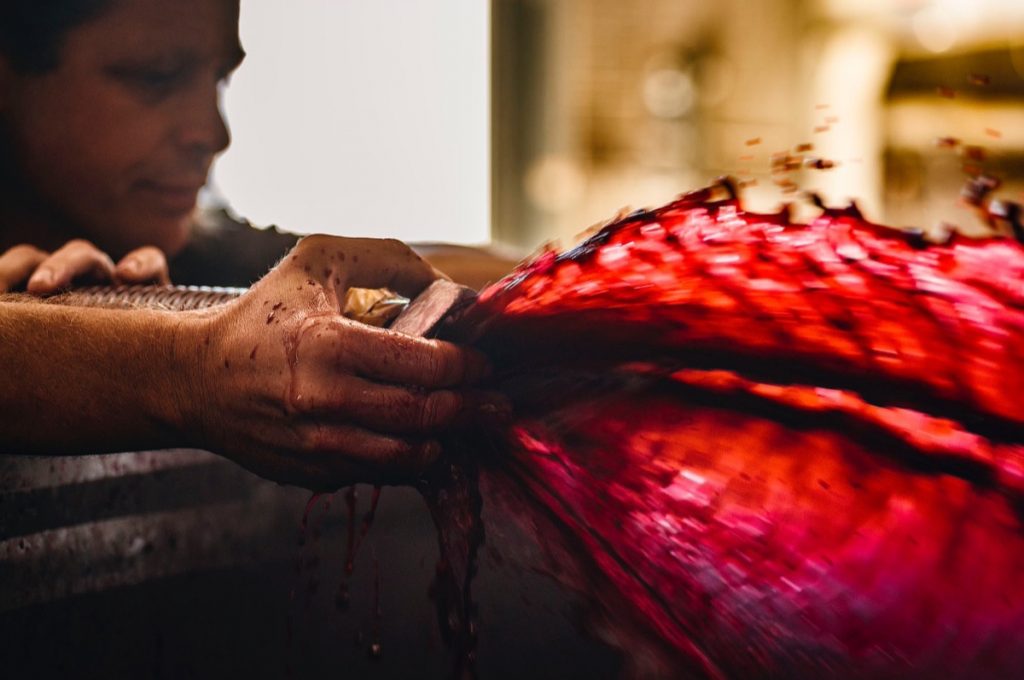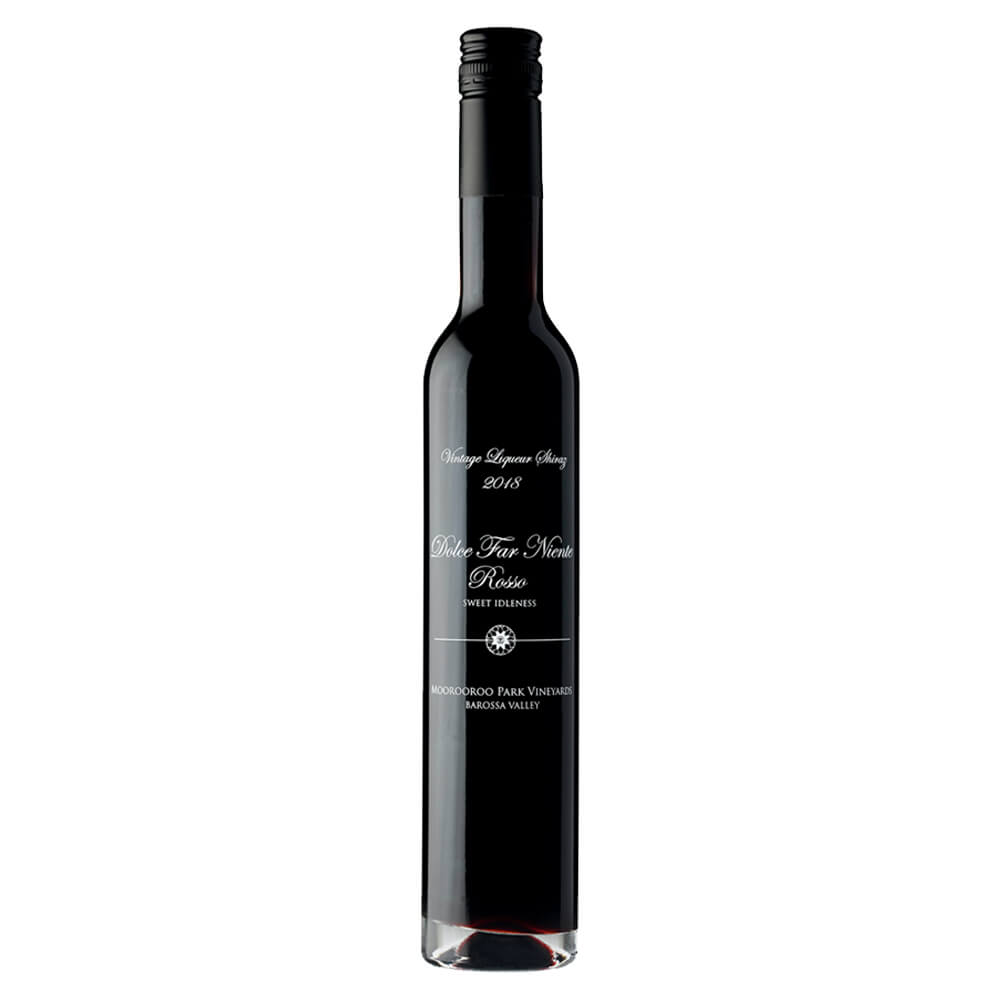
Wine Tasting Terms
After rather an eventful couple of weeks, we wanted to bring you a lighter subject for your Friday afternoon happy hour. Sometimes we use very specific language at a wine tasting that you may know well, other times it may sound completely unfamiliar. We thought we’d break down some common, and some less common, wine terms that you may come across in the wild. These are a couple of our favourite wine words, look out for them the next time you’re at a tasting.
Astringent
Astringent wines feel rough, puckering or overly dry in the mouth. This is usually due to wines displaying an imbalance in acidity or tannins. When this imbalance stands out the wine is astringent.
Body
Often, a wine will be described as either full, medium or light-bodied. This is in reference to the impression of weight or fullness on the palate. Usually, it’s the combination of sugar, alcohol and glycerin in wine that determines the body.
Bouquet
The term bouquet is most appropriately applied to mature wines that have been aged in bottle. It refers to the complex aromas that can be perceived in such mature wines.
Chewy
If a wine is full-bodied and rich in both flavour and texture with high-tannins it might be described as chewy.
Corked
Wines that are corked have unpleasant, musty flavours and odours, often similar to a mouldy newspaper, and a dry aftertaste as a result of a tainted cork. This contributes to the popularity of screw caps among Australian winemakers, as wine will age under more stable conditions without the risk of a tainted cork.
Earthy
The term earthy can be used to describe both positive and negative attributes of wine. At its best earthiness is used to describe wines that have clean, complex aromas and flavours. At its worst, it might be used to describe a wine that has a funky, dirty character reminiscent of a barnyard.
Herbaceous
The tasting term herbaceous can be used to describe wines that have herbal tastes and aromas. The term can also be used in reference to wines that have vegetal characteristics.
Hot
Hot is a word that might be used to describe wines that are very high in alcohol and that tend to have the effect of burning on the finish.
Oaky
A wine that has aromas and tastes of vanilla, cedar, baking spices, smoke and dill with a creamy body and a toasted flavour may be described as oaky. These flavours are imparted by the oak barrels or casks in which the wine was aged.
Perfumed
Mature wines that have developed complex aromas that are sweet and floral are described as perfumed.
Round
Round can be used as a descriptor of wines that are smooth in texture, not coarse or tannic, and balanced in flavour.
Structured
Often preceded by a modifier such as “firm” or “lacking”. The structure in a wine is the result of the relationship between its composite parts such as alcohol, tannins, residual sugars and acidity as well as flavours like fruit and textural elements like body.
Tannins
Tannins are a natural compound occurring in wine derived from grape skins, seeds and stems as well as oak barrels. Most often found in red wines, tannins leave a dry, puckery feeling in the mouth. It also acts as a natural preservative that aid in the positive development of wine during ageing.
Hopefully, this useful list of terms is a start to your becoming an expert on your next wine tour. Perhaps you’ll be able to identify some of these terms in our wines, or next time you visit us in the Barossa.

In Bottle
A heady combination of stewed plums, mulberry and salmiac liquorice, it’s rich and full with deep, developed layers of cherries and blackberries. This wine is drinking beautifully now and with a 30-year cellaring potential it makes an excellent addition to your prized collection.

